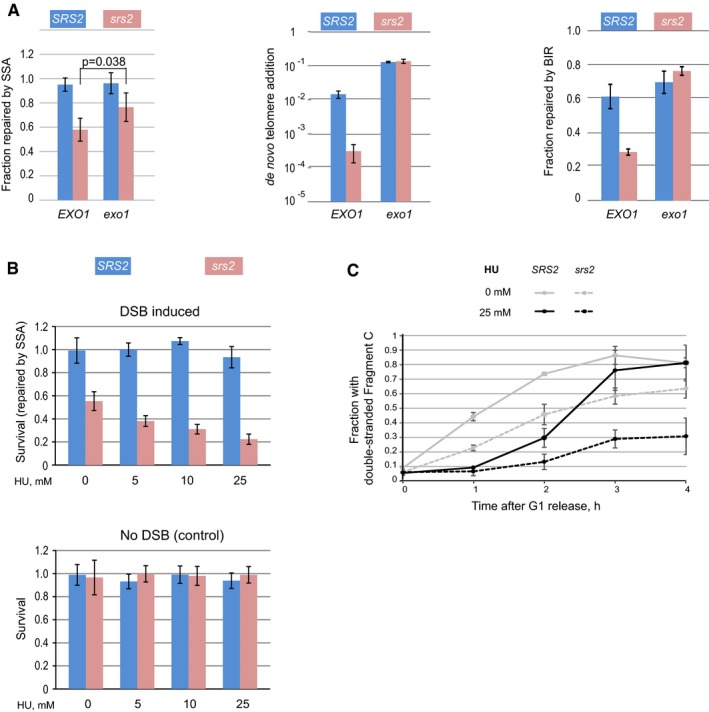Figure 7. The srs2Δ defects in DNA repair can be suppressed by slowing down resection and exacerbated by slowing down DNA synthesis.

- Loss of Exo1 suppresses srs2Δ defect in multiple DSB repair mechanisms involving extended resection of broken ends: SSA (left), de novo telomere addition (middle) and BIR (right). Average ± SD (n = 4) is shown for each genotype for all experiments presented. Unpaired t‐test was used to calculate the P‐value shown for the SSA experiments. Strains used: SSA: NK4691–NK4693; NK4805–4808; NK5070–5073; NK5074–5080; de novo telomere addition: NK1264; NK2375, NK2376; NK2016, NK2017; NK5244, NK5245; BIR: NK4070, NK4079; NK5321, NK5322; NK5446, NK5447; NK5448, NK5449.
- The effect of HU on the survival of SRS2 and srs2Δ cells after DSB induction (top panel). The control experiment involving similar HU treatments in the absence of DSBs is shown in the bottom panel. Average ± SD (n = 4) is shown for each genotype. Strains used: NK4691–4693; NK4805–4808.
- Formation of fragment L in SRS2 and srs2Δ cells in the presence and absence of 25 mM HU. Average ± SD (n = 3) is shown for each time point. Strains used: NK4691–4693; NK4805–4808.
